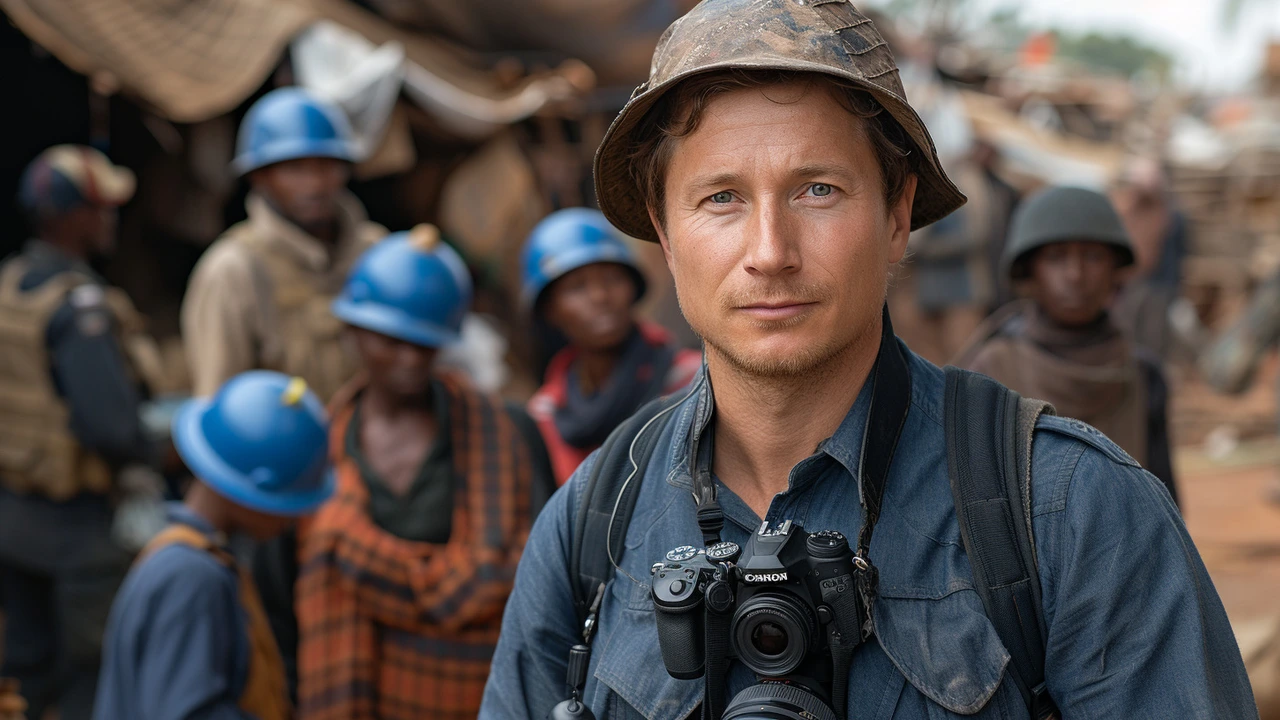Ever stood watching a map and wondered what "frontline" really means? On the ground, a frontline is where fighting meets civilian life. It’s not just a line on a map — it’s markets, homes, schools, and roads that suddenly sit between armies, militias, or armed groups. When that line moves, lives are disrupted in hours.
Frontline conflicts vary. In some places the front is a clear trench or checkpoint. In others it's a shifting pattern in the middle of a city, where skirmishes pop up block by block. Those differences matter: they change how civilians move, how aid gets through, and how peacekeepers can act without making things worse.
Peacekeepers try to reduce immediate danger and protect civilians while diplomats work on longer peace deals. On a typical day they patrol, monitor ceasefires, escort convoys, and talk with local leaders. They also set up safe corridors for aid and mediate local disputes before they explode. Their mandate often limits the use of force, so they focus on presence, negotiation, and quick reaction.
Those tasks are harder than they sound. Peacekeepers face unclear battle lines, hidden armed groups, and attacks on supply routes. They rely on local information, satellites, and partnerships with NGOs and community leaders. Technology like drones and secure radios helps, but trust-building on the ground is still the core tool.
If you are near a frontline, practical choices save lives. Keep a small go-bag with ID, phone charger, water, and basic meds. Follow verified local alerts and avoid rumors on social media. If you can, register with local authorities or humanitarian networks so aid groups know where you are. Use marked humanitarian corridors and avoid checkpoints known for sudden violence.
For aid workers and journalists: plan routes, share your location with a trusted contact, and carry proper identification. Use encrypted messaging for sensitive info. Coordinate movements with local NGOs and peacekeeping units when possible — that lowers risks and keeps convoys visible to all sides.
Reporting incidents matters. Note dates, times, and witnesses. Photos and short videos can help but consider privacy and safety first. Humanitarian agencies use these reports to negotiate access and pressure parties to stop attacks.
Want reliable updates? Follow international agencies like the UN, ICRC, and reputable local NGOs. Peacekeeping News Hub provides focused updates and analysis when missions change pace or new risks appear. Learning how local power works makes a big difference — who controls checkpoints, where services are cut, and which groups protect civilians.
Frontline conflict is messy, but practical actions reduce harm. Stay informed, keep contact plans, and support trusted humanitarian channels if you can. Small steps on the ground often matter more than big statements far away.
You can help from home: donate to vetted aid groups, support journalists reporting from frontlines, and pressure leaders to fund peace missions. Simple public pressure often pushes governments to act faster.

Hi there, folks! I've just returned from an illuminating journey to the frontlines of world conflict. Join me as I share some eye-opening experiences from international peacekeeping missions. You'll get a first-hand account of the challenges faced, the courage displayed, and the remarkable work done by peacekeepers around the globe. Trust me, this is one adventure that will leave you with a deeper understanding of our world and a newfound respect for those who strive to maintain peace.
